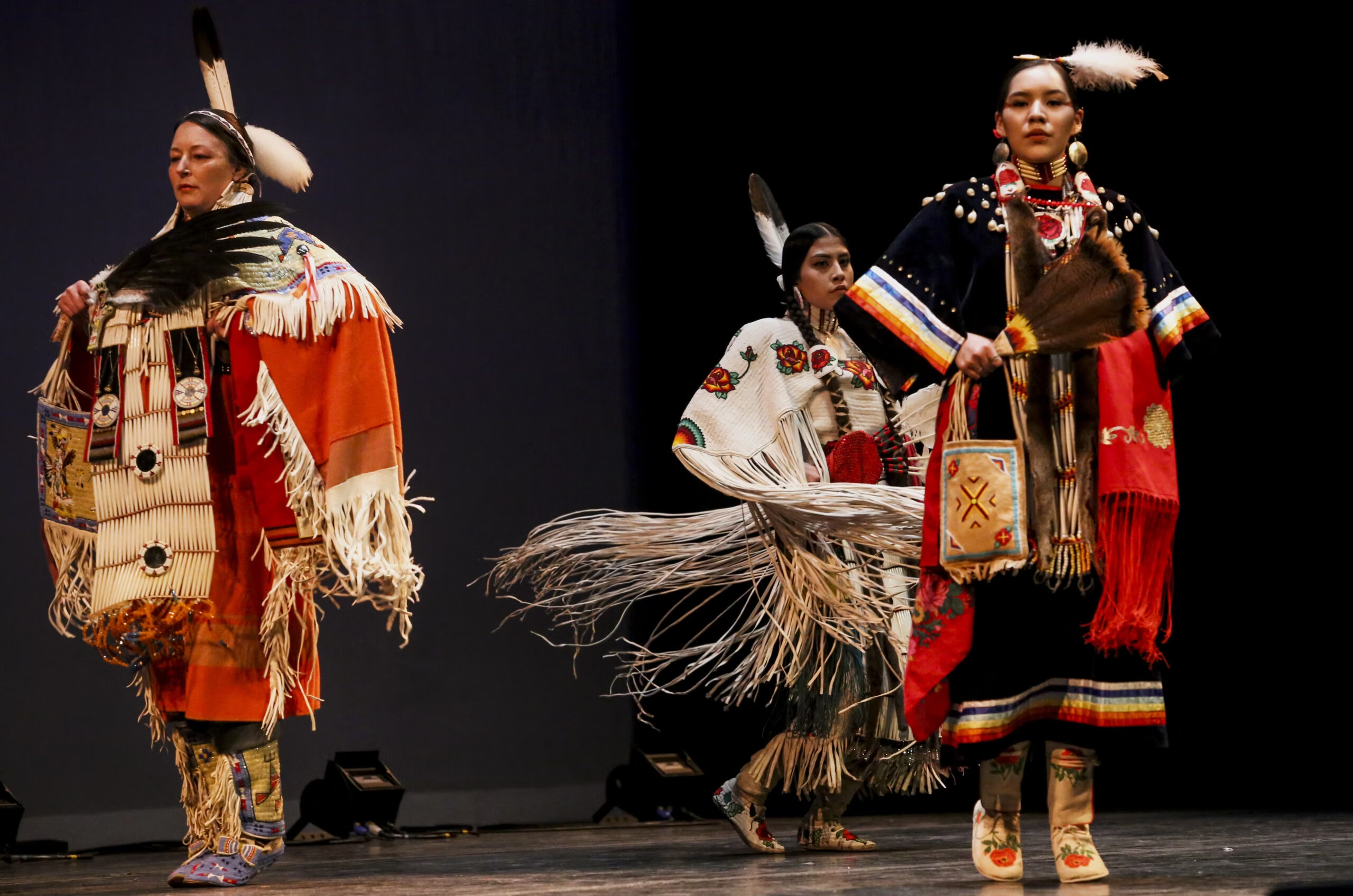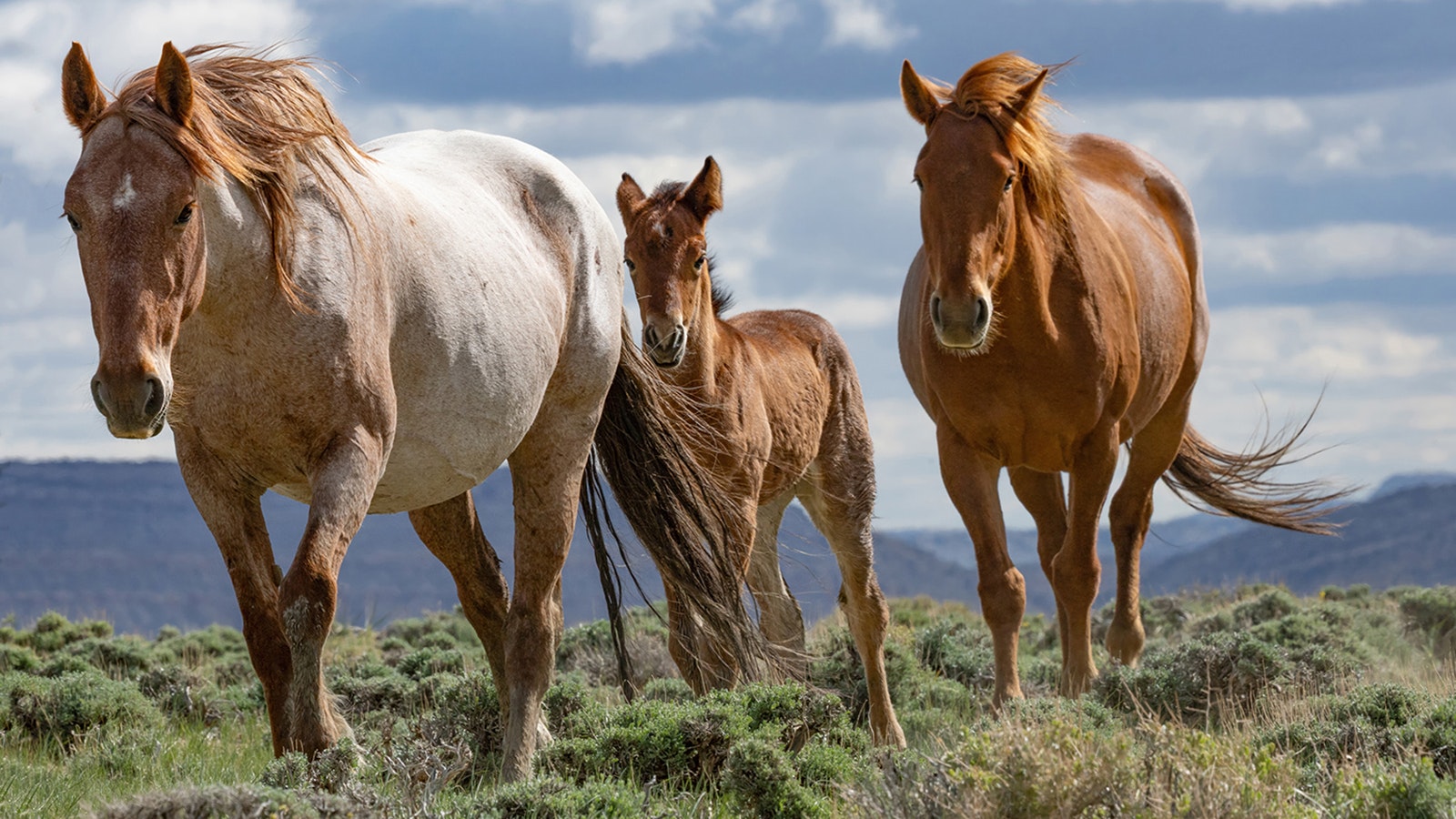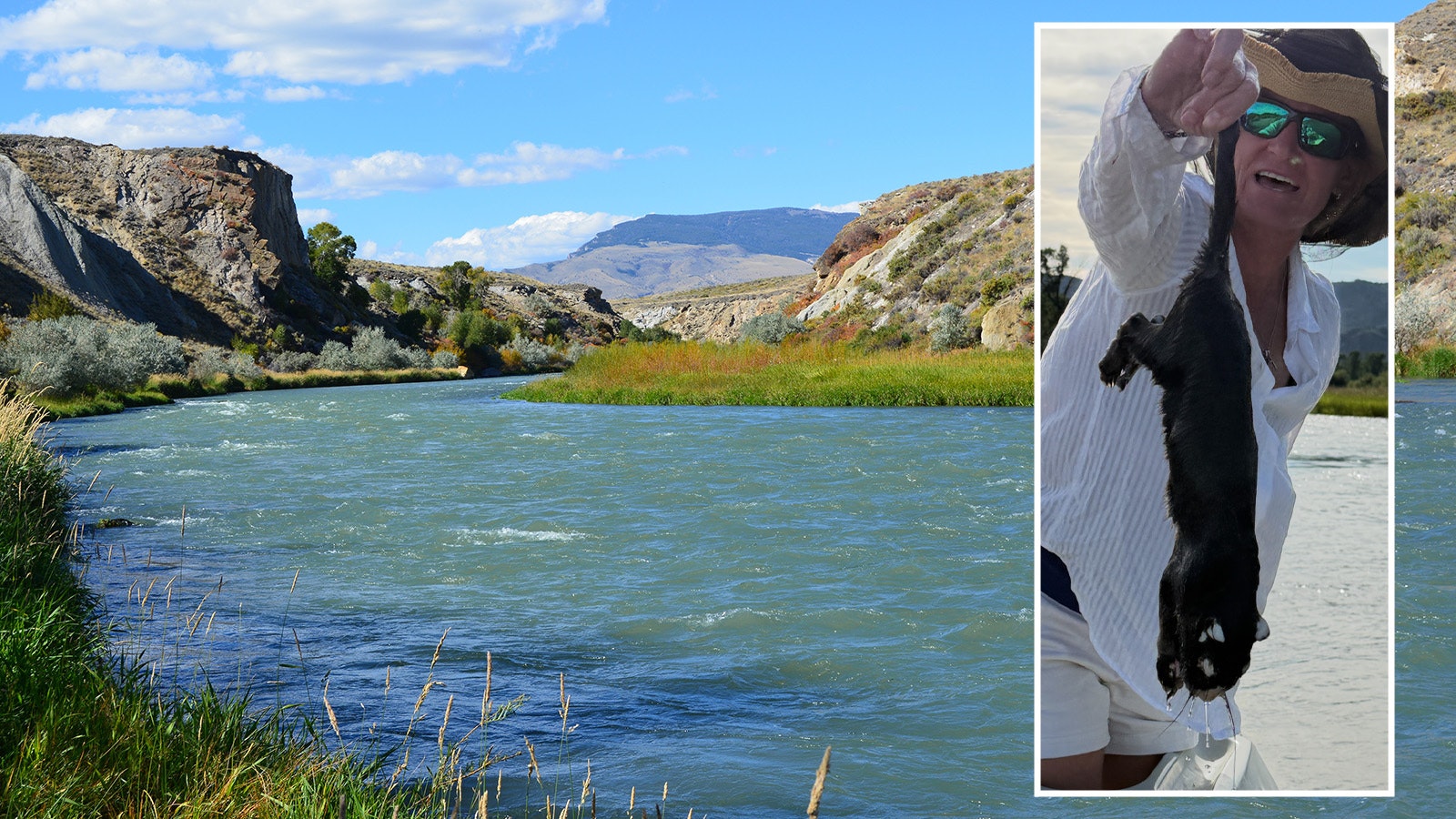Indigenous people of America will play a central role in the celebration of Yellowstone National Park’s 150th anniversary this year.
During a news conference last week, Park Supervisor Cam Sholly told press from local, national and international outlets that one of the intentions for the Park Service is to use this milestone to do a better job of fully recognizing the many American Indian nations that lived in the area for thousands of years before Yellowstone became a park.
“It’s a time for us to reflect on the lessons of the past, but at the same time, really focus on the future and how we can work together to protect and strengthen Yellowstone for the next 150 years,” he said. “I’m proud to say that we’ve done some very substantial engagement and collaboration with tribal nations leading into this anniversary.”
America’s first national park sits on 2.2 million acres of land in an area which at one time only known to the indigenous people, who called the place “sacred.”
Scott Frazier is the Director of Project Indigenous and a longtime resident and visitor to Yellowstone.
A former science teacher, Frazier has worked for NOAA, NASA, the State Department, and Longwood University, and is an artist in his retirement. Frazier, a member of the Crow tribe, told the reporters attending the news conference that Yellowstone is a place of healing — for all people.
“I bet somewhere along the line you saw a photograph and it moved you,” he said. “And in this time of struggle between human beings, these places are very important. To be able to come out and listen to nature — and not a machine, and not cars, and not your boss — to come out and just sit and listen to nature is very healing. This isn’t man-made, this is real. This is nature. And we are missing that in our world. We need more time in the trees. And we want to keep Yellowstone in a natural way.” Frazier commented on how much the area has changed just in his lifetime. But Yellowstone was set aside to preserve the natural wonders inside its borders.
“We used to call Montana the ‘Big Blue Sky Country,’” he said. “But we’re sort of now leaning towards the ‘Great State of Shooting Stuff.’ This (Yellowstone) is a celebration of nature. And a great idea that happened 150 years ago, that went around the world.”
The area is one where all people can enjoy the world around them, Frazier said.
“People are drawn to this, because it’s a sacred place,” he said. “It speaks to the people’s heart, to their soul. I ask you, come to Yellowstone, but be quiet, relax, slow down. Don’t worry about the guy driving in front of you. Give everybody a break. Be quiet, and enjoy the sounds of nature.”
One of the ways that agencies are working together to honor indigenous people during the 150th anniversary is through the Yellowstone Tribal Heritage Center Project.
Sholly pointed out that the National Park Service takes its role as a steward of the land seriously, but no one can tell the story of the tribal nations better than the tribal members themselves.
“It’s extremely important for us to facilitate and support the tribes, talking to the visitors and engaging the visitors in this park, and telling their own stories,” he said. “And so I think the tribal Heritage Center is a great example of something that we’re going to start this year.”
The Center will be located at Old Faithful, one of the busiest areas in the park. “I think it’s going to be just outstanding for so many visitors to be able to engage tribal members directly, look at their artwork, and understand better what their culture is,” Sholly said.
Work last week to move 28 live bison from Yellowstone to tribal lands at Fort Peck, Montana, shows how much the park and tribes are working together, Sholly said.
Frazier noted that for Native Americans, the bison are a large part of their culture and heritage, in a way mirroring the existence of the tribes themselves.
“To me, the buffaloes are the most important thing in Yellowstone,” he said. “Their numbers were reduced down to small numbers at one point, as well as the Native American people — we are the buffalo people. We are related to the buffalo, we are the same thing. “And as they grew back in strength in Yellowstone, so did we, and we started to heal and we got better and stronger,” he continued. “And we are mirrored to them as we are today.”
Sholly said that over the last two years, almost 200 bison have been transferred to Fort Peck, near Poplar, Montana, and from there, those bison have been moved to 18 different tribal nations across the country.
Sholly added that as part of the anniversary celebration, in August, multiple tribal nations will participate in installing a teepee village near the Roosevelt Arch, at the north entrance to Yellowstone.
“This will be an opportunity for multiple tribal nations to be here on the landscape in the park, directly interfacing with visitors and talking about and educating visitors about their culture and their heritage,” he said.
The Wind River Indian Reservation is also planning a multi-tribal gathering for the anniversary later this year, Sholly said.





